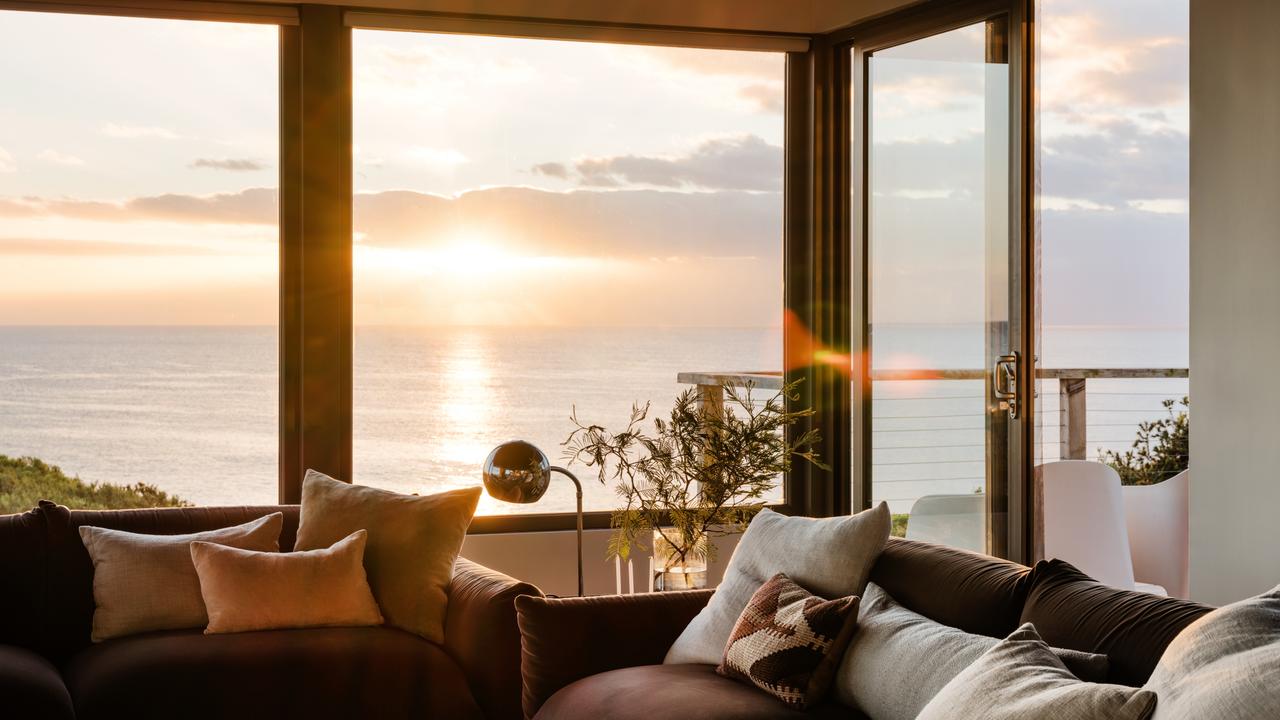Home affordability the best in 20 years: HIA
Low interest rates mean home affordability is back at 1999 levels, says a peak housing body.

Housing affordability is the best it’s been in two decades with mortgage repayments now consuming the smallest proportion of earnings since 1999, the Housing Industry Association says.
Softer housing markets across the country and a reduction in interest rates combined to improve affordability during the June quarter, while average earnings have begun to improve modestly, according to the HIA.
“For a homebuyer with an average income purchasing a median priced dwelling, assuming a 10 per cent deposit, mortgage repayments will consume the smallest proportion of their earnings since 1999,” said HIA senior economist Geordan Murray.
“The main reason the HIA Affordability Index today is comparable with the level in 1999, despite house prices rising significantly faster than incomes, is that interest rates are 4.6 per cent today compared with 6.7 per cent in 1999.”
Mr Murray said average earnings have increased by 113 per cent over the last 20 years, while the median home price has increased by 228 per cent. Still, lower interest rates have meant that the cost of servicing a loan has remained the same.
Sydney remained the least favourable housing market in the country, requiring 1.8 times the average income to service a mortgage on a typical home in the city, but all capital cities saw an affordability improvement for the quarter.
Housing affordability in Melbourne grew 3 per cent for the June quarter, while Sydney’s affordability lifted 2.4 per cent for the period. Brisbane and Perth both experienced 2.6 per cent growth on the affordability scale.
Darwin saw the greatest affordability improvement, with its index rising by 4.8 per cent.
The data follows the release of a new report by Commonwealth Bank, which found that despite recent price falls, the cost of houses and apartments remains high by international and historical standards.
Meanwhile official construction released by the Australian Bureau of Statistics on Wednesday showed a 5.6 per cent fall in the in the number of dwelling starts for the March quarter, with the number of homes being built at the lowest level in three years.
Yet-to-be completed residential and commercial building work totalled $71.7 billion, down from a record high of $77bn in June last year.
“The slowdown in residential home building continues, and the amount of work entering the pipeline is declining, having peaked a year ago,” said CommSec senior economist Ryan Felsman.
“The number of homes currently being built across Australia is the lowest level since December 2015.”
In other policy developments not taken directly into the calculations of the Housing Industry Association’s affordability index, APRA eased restrictions on mortgage lending earlier this month, its new guidance no longer meaning banks had to use a minimum interest rate of at least 7 per cent when assessing home loan applications.
While not directly impacting the latest affordability index, the government’s first home loan deposit scheme was likely to be another important consideration for households, the Housing Industry Association said.
“There are also a number of initiatives that do not feed into this affordability index that will assist with first home buyers entering the market,” Mr Murray said.
“The reduction in income tax, the easing of APRA restrictions on mortgage lending and the Australian government’s first home loan deposit scheme are likely to be important considerations for households.”



